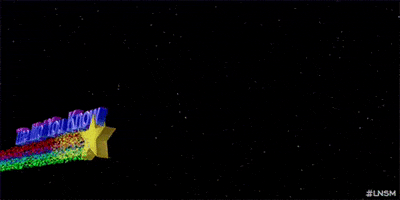- Joined
- Mar 20, 2013
- Messages
- 1,912
- Reaction score
- 3,511
I know on the FLAME trial they did not cover lymph nodes electively.
I have had good outcomes with mostly unfav int risk patients that I've treated per the flame regimen (35 fractions). I've tried to keep my treatment as close to protocol parameters as possible. I really like it for patients that fit enrollment criteria and there is a well definted boost target with congruent biopsy findings.
I have a guy now that is a great candidate for this - very well delineated MRI target, congruent location on biopsy, even his PSMA is focally hot here and no where else in prostate. He has G9 disease but no lymph node mets on PSMA. PSA single digits.
I often cover lymph nodes for high risk non FLAME cases. Usually I do 70 Gy prostate and 50.4 nodes here in 28 fractions. POP-RT says maybe this is helpful.
I have contemplated something like 1.6 Gy (56 Gy) to nodes, 77 Gy to Prostate PTV, then the intraprostatic boost....but it doesn't set right with me.
I have been doing some FLAME-like cases at 70/28 to prostate and then like 80ish to the boost. I guess I could treat nodes 50.4 Gy in that situation.
Any thoughts here? I think I may just stick to no elective XRT here...with a VERY hot PSMA scan in the prostate focal lesion (SUV > 40) I feel like maybe no nodes are truly involved now.
I have had good outcomes with mostly unfav int risk patients that I've treated per the flame regimen (35 fractions). I've tried to keep my treatment as close to protocol parameters as possible. I really like it for patients that fit enrollment criteria and there is a well definted boost target with congruent biopsy findings.
I have a guy now that is a great candidate for this - very well delineated MRI target, congruent location on biopsy, even his PSMA is focally hot here and no where else in prostate. He has G9 disease but no lymph node mets on PSMA. PSA single digits.
I often cover lymph nodes for high risk non FLAME cases. Usually I do 70 Gy prostate and 50.4 nodes here in 28 fractions. POP-RT says maybe this is helpful.
I have contemplated something like 1.6 Gy (56 Gy) to nodes, 77 Gy to Prostate PTV, then the intraprostatic boost....but it doesn't set right with me.
I have been doing some FLAME-like cases at 70/28 to prostate and then like 80ish to the boost. I guess I could treat nodes 50.4 Gy in that situation.
Any thoughts here? I think I may just stick to no elective XRT here...with a VERY hot PSMA scan in the prostate focal lesion (SUV > 40) I feel like maybe no nodes are truly involved now.
Last edited:


 To be fair, the reference lesion was drawn by "experts" with 7 or less years of experience, so I guess we are also broadening the definition of "expert" nowadays.
To be fair, the reference lesion was drawn by "experts" with 7 or less years of experience, so I guess we are also broadening the definition of "expert" nowadays.

